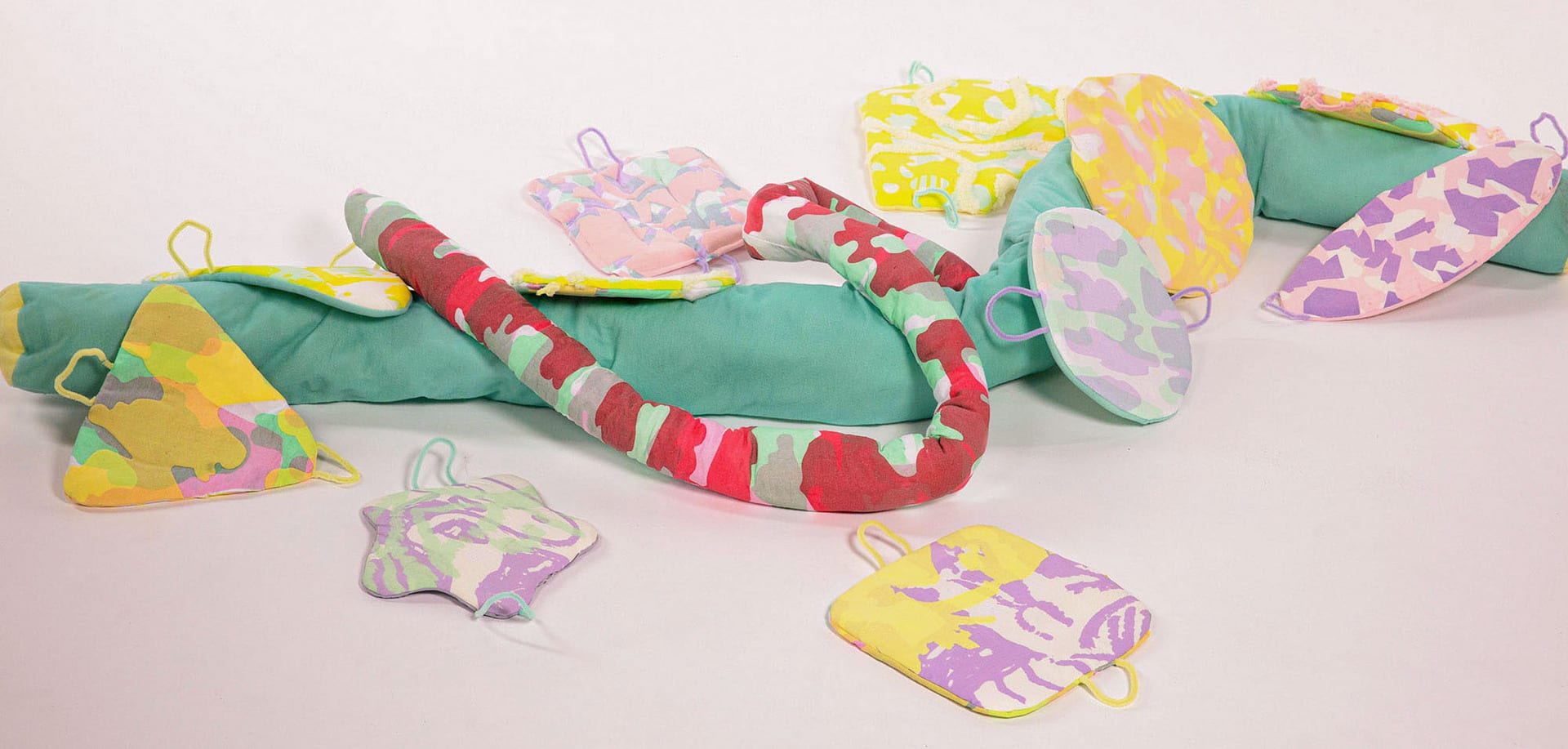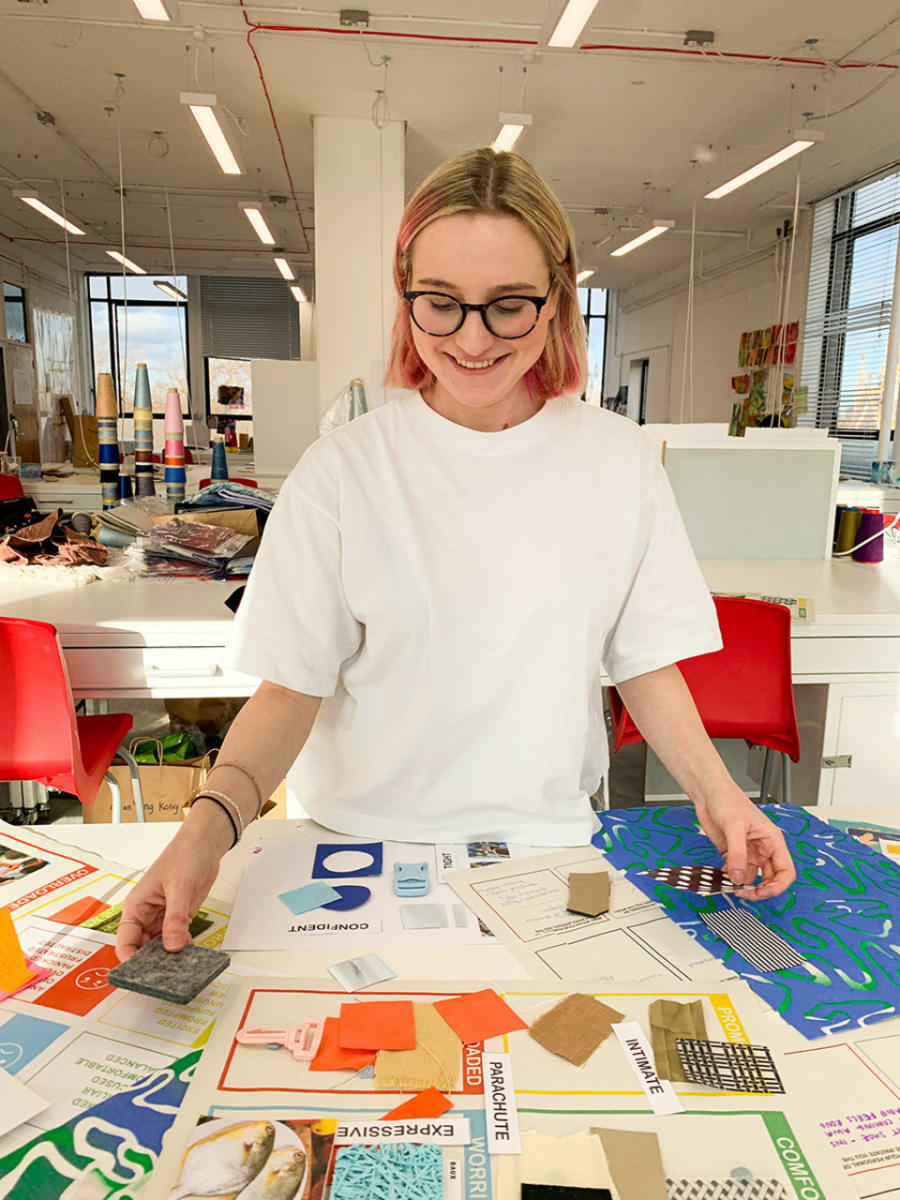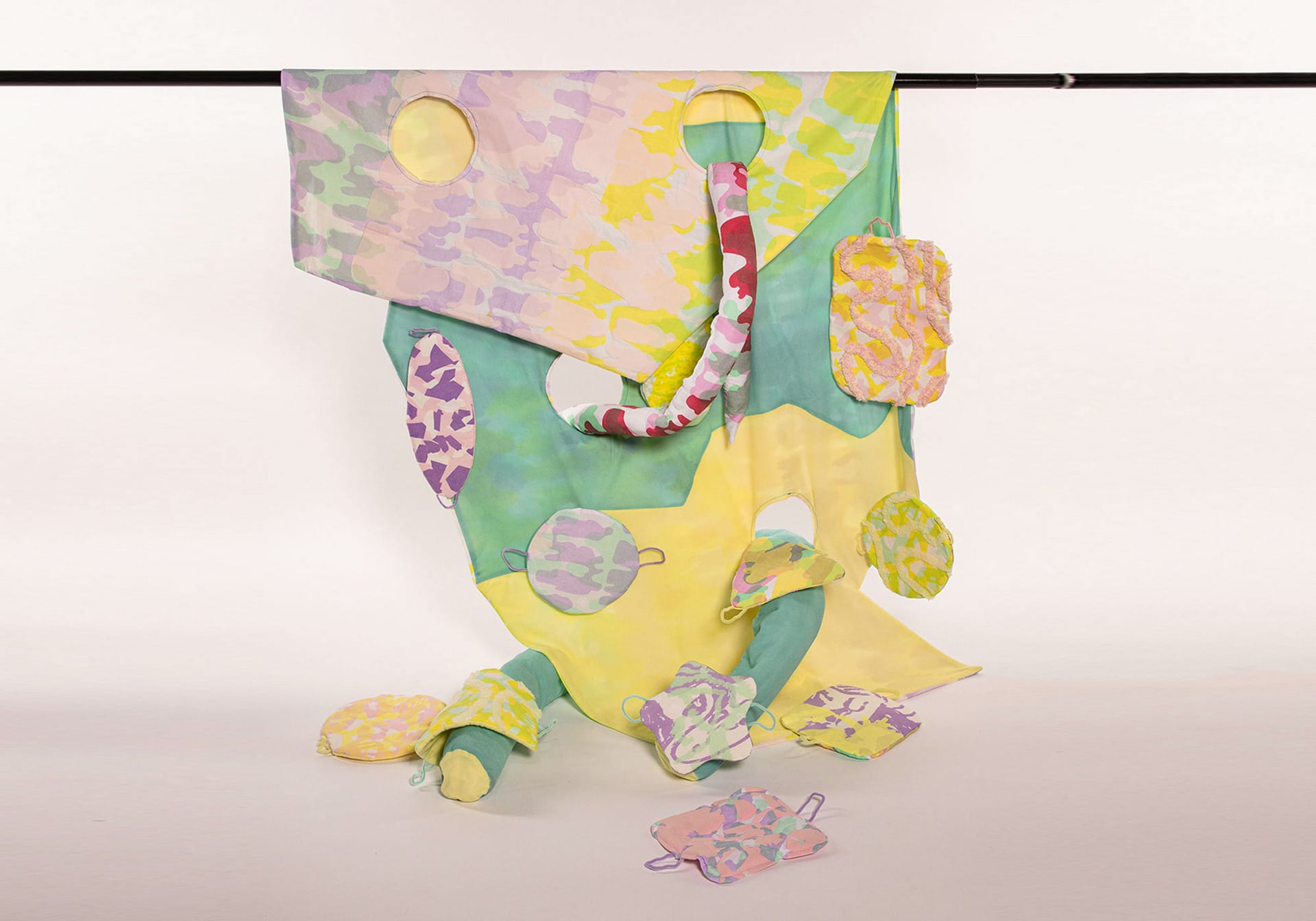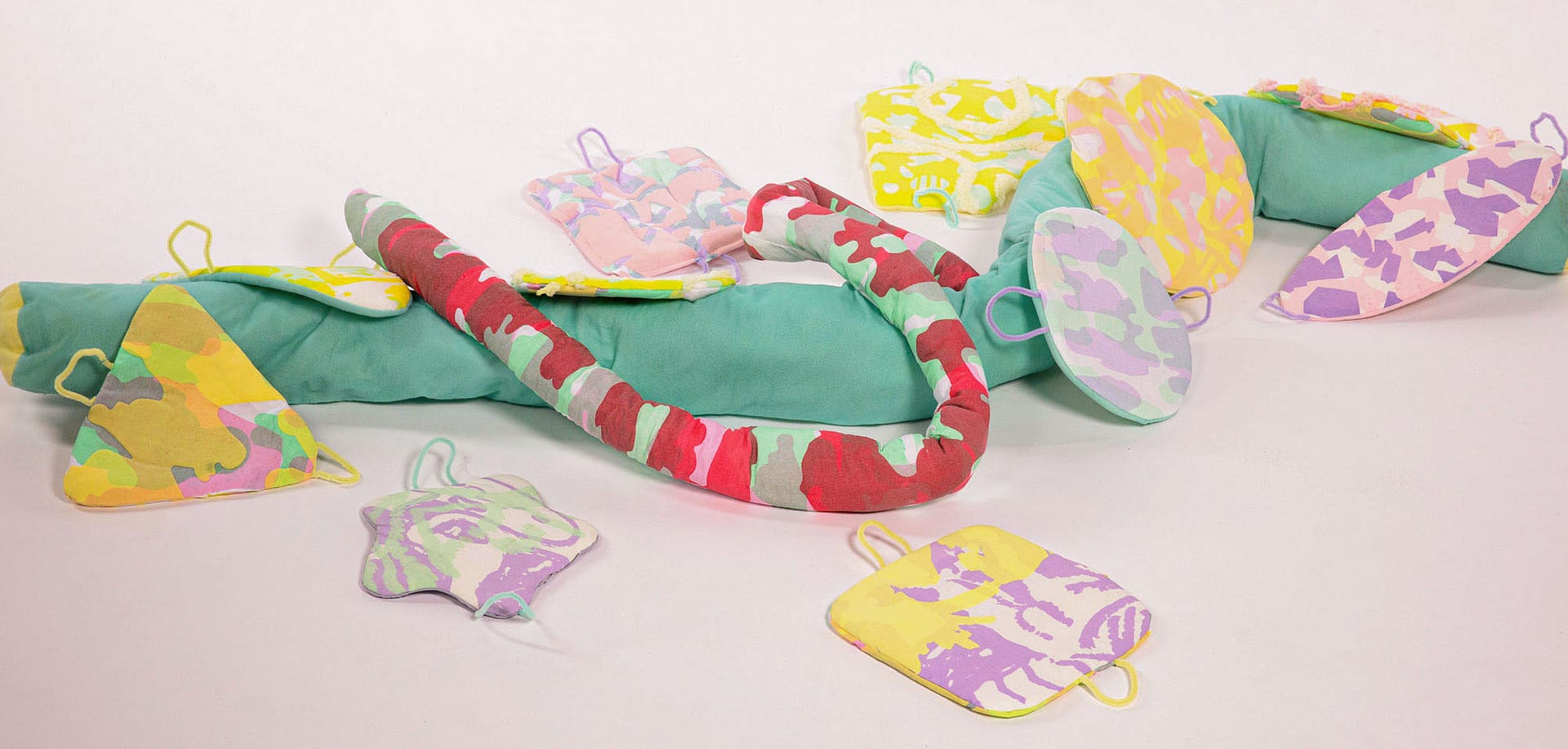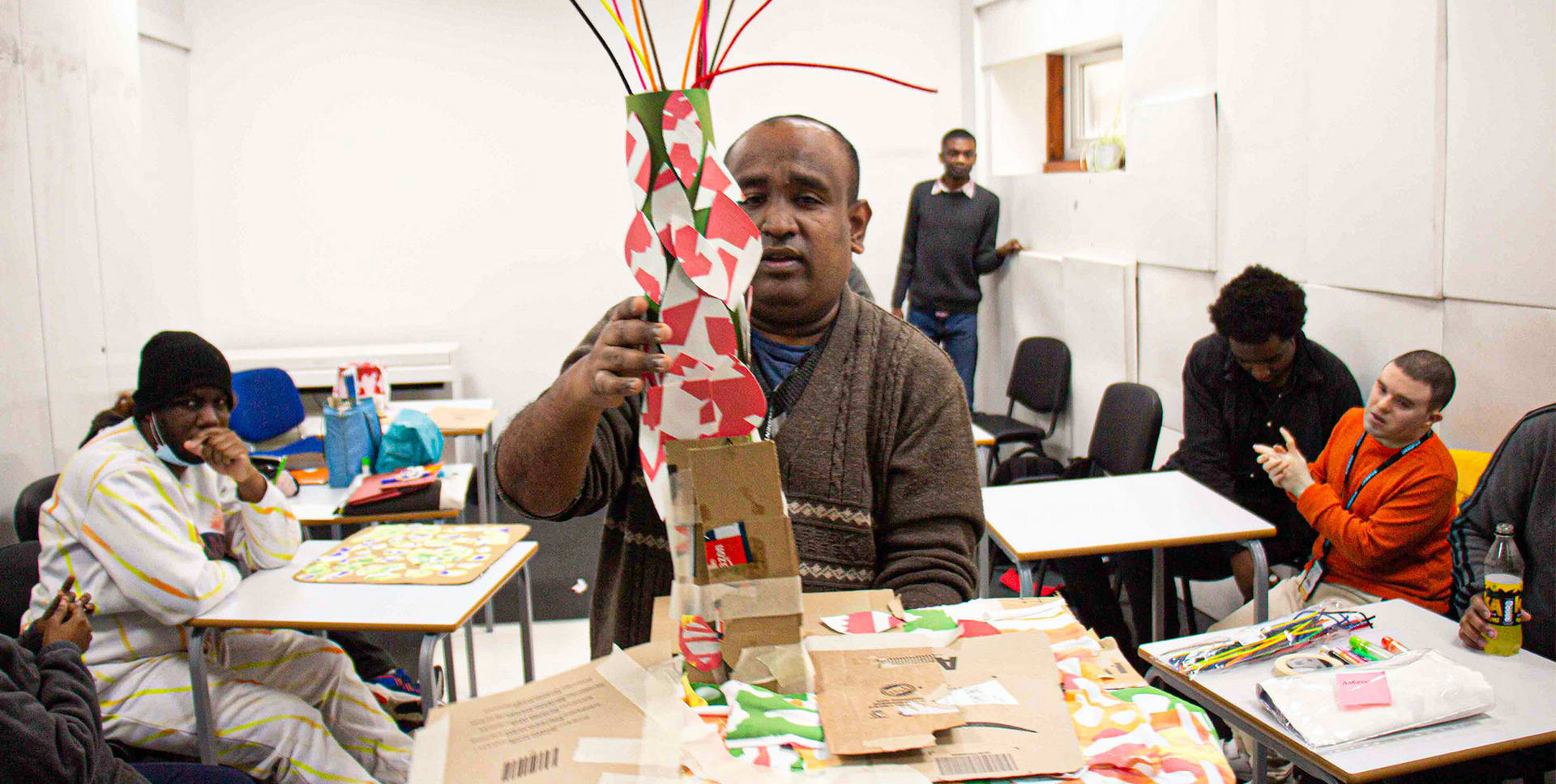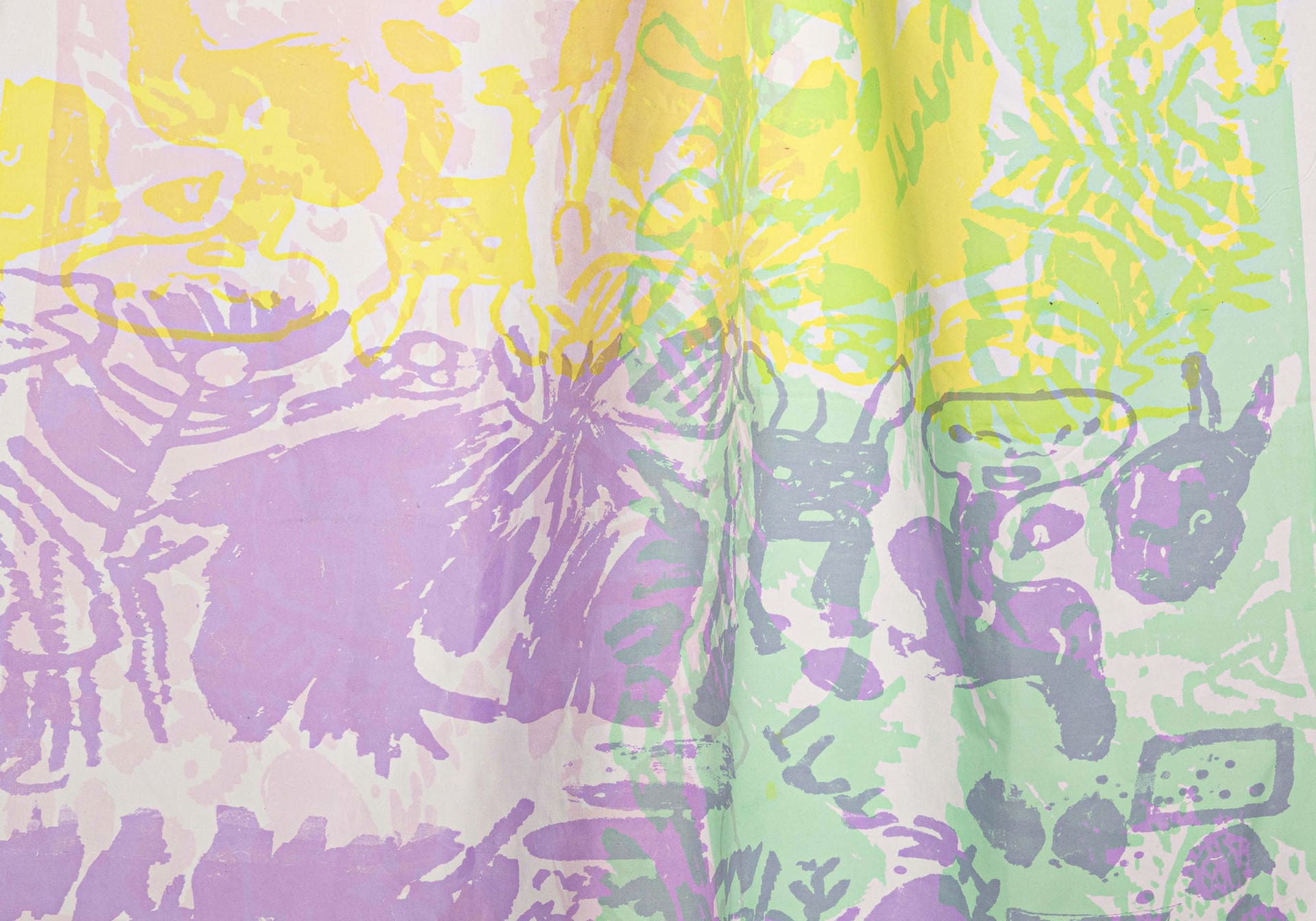Monika is a sensory designer and researcher.
Through textiles, she explores how we can design, control, and measure senses of touch, vision, kinesthetics, sound and smell to create multi-sensory textiles that improve object-user interaction and ultimately support Highly Sensitive users' well-being. Throughout her research, she designs various textile applications for objects, clothing, and within spaces to develop communication tools that help in imagining one's sense of comfort in different sensory scenarios. Monika can see the value of generating knowledge in peoples’ unique sensory perception of garments, which features she would like to explore further within contexts of fashion design, textiles, healthcare, and neuropsychology. Over the last 4 years, she has been researching sensory needs through design and sensory integration workshops with parents, teachers, students, and autistic individuals.
Monika’s background is in the fashion industry, she is currently working as a freelance sensory kids' wear designer. She also supplements her research with additional psychology studies and teaching experience in SEND.
Exhibitions/ Awards
2023 | Gdynia Design Days | Solo Exhibition | “Sensory Storytelling”
2023 | IFFTI Fashion Conference | “Sensory Practices in Fashion Design”
2022 | PriestmanGoode x London Design Week | Highly Commended | “Materials and Health”
2022 | Creative Conscience Award | Silver award | “Health, Wellbeing & Disability”
2022 | State of Fashion & ArtEZ | International Fashion Conference | “Ways of Caring”
